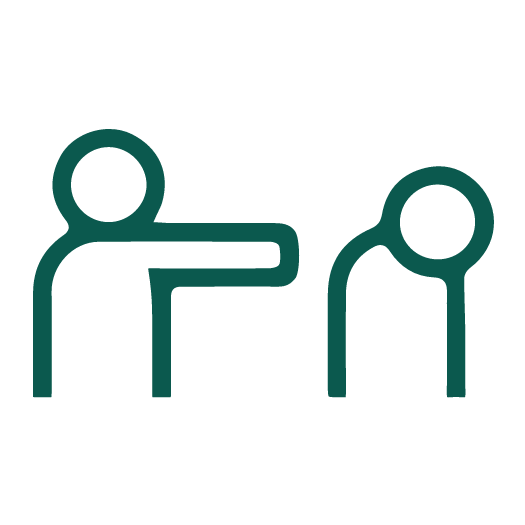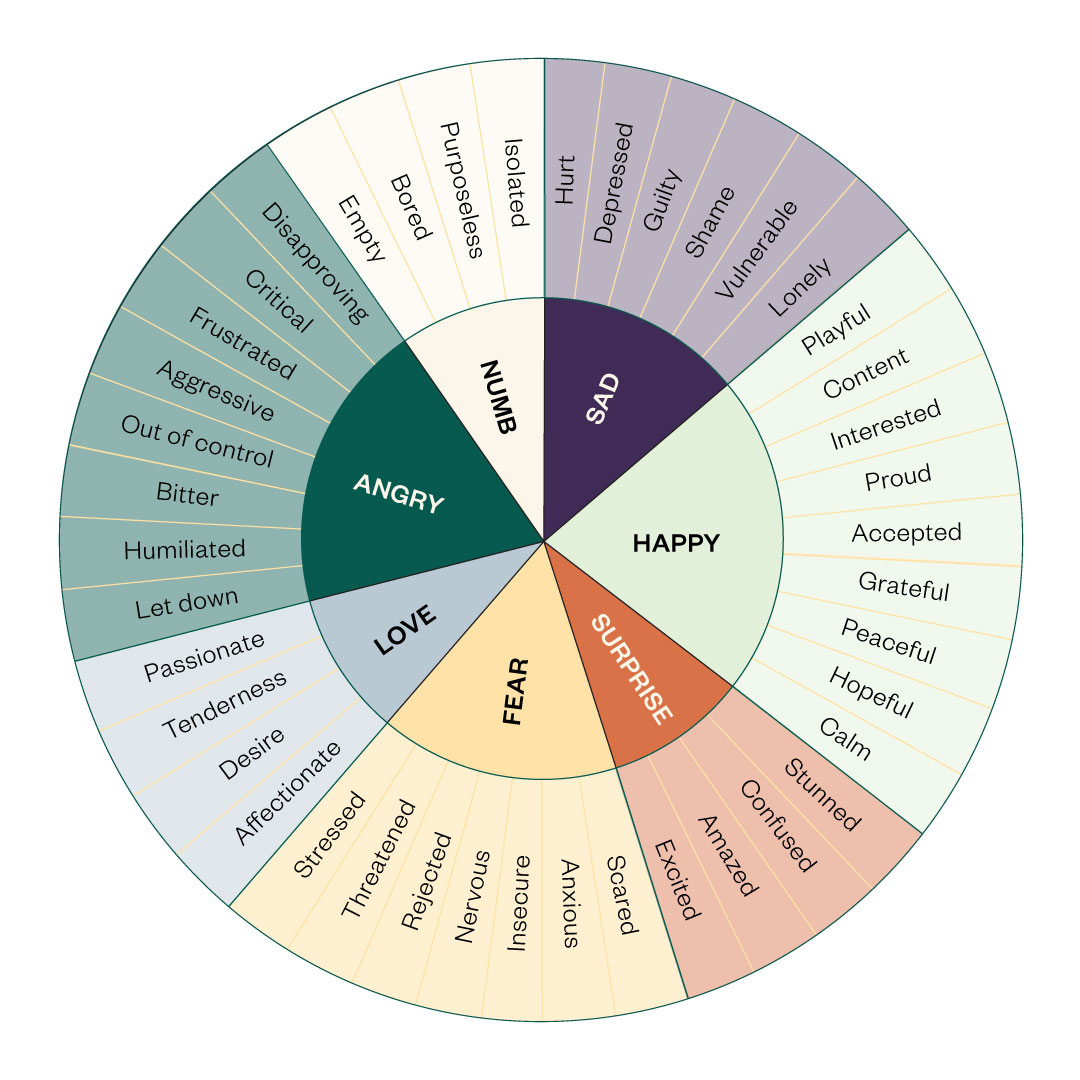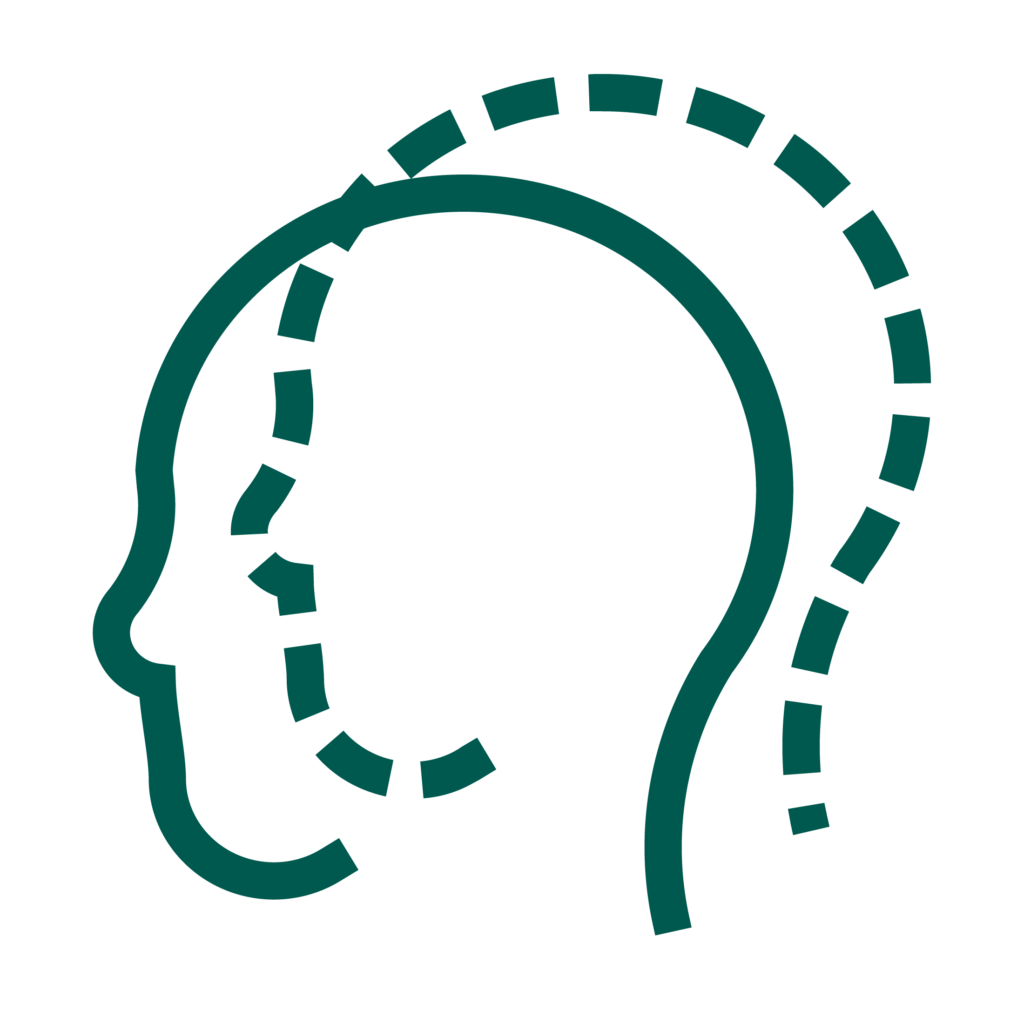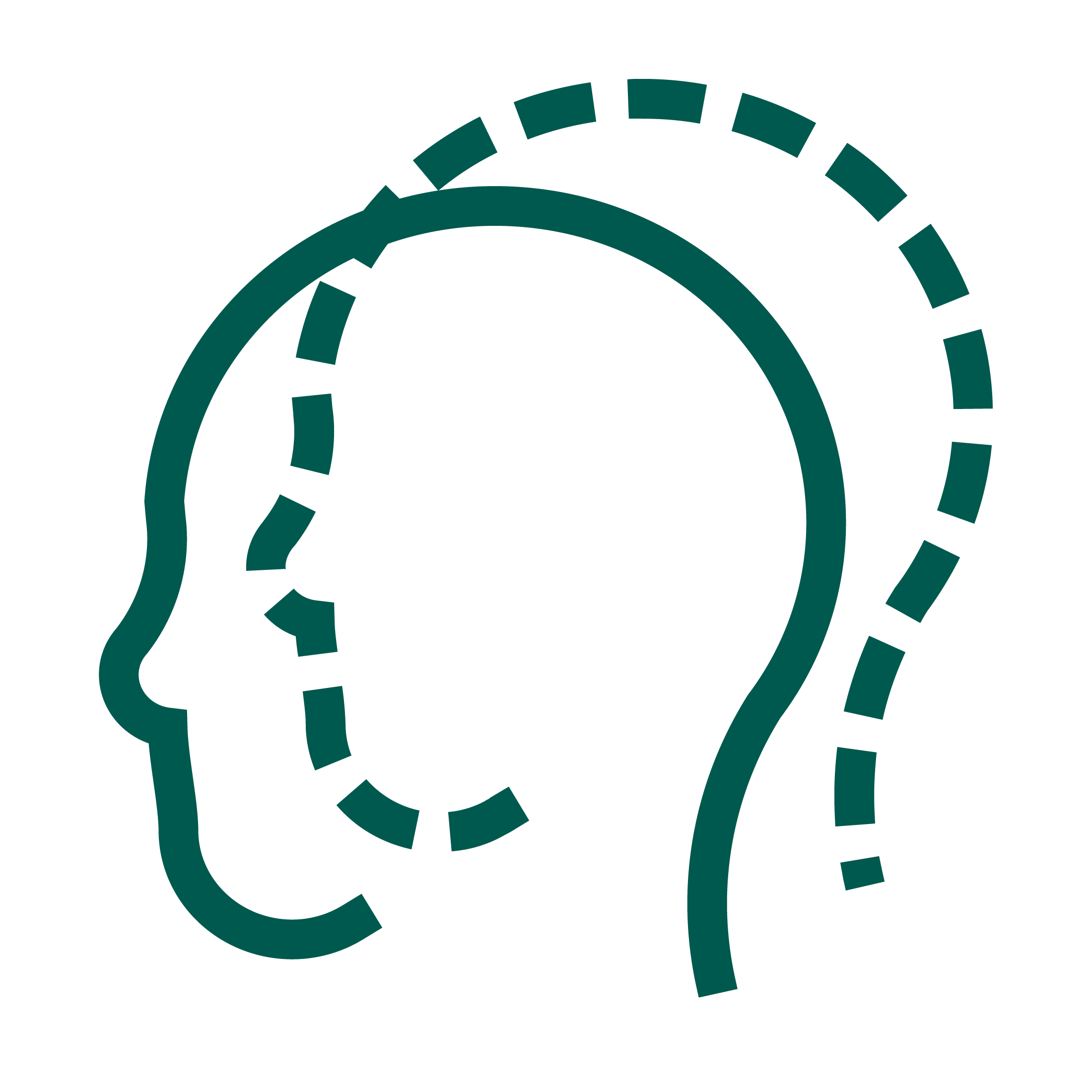
Saprea Support Groups > Group Materials >Practicing Acknowledgement
Group Activity
Creative Expression
For many survivors, creative expression may feel like the safest and purest way to acknowledge and communicate certain emotions, thoughts, and experiences. For others, this will be new territory and may bring up feelings of inadequacy. Either way, allowing yourself the freedom to creatively explore or express what you are feeling can be intensely rewarding.
You may want to use creative expression to acknowledge or move through certain emotions, like anger or disappointment. Or you may feel a need to create something that celebrates your strength, resilience, and the victories you’ve experienced on your healing journey so far. Whatever you choose to creatively express, remember there is no need for judgment or criticism. There is only what you are feeling and what you’d like to use your creativity to accomplish. While the possibilities are endless, below is a list of potential ways to creatively express your own experience. Whether you are trying something from this list or are inspired by your own ideas, give yourself the opportunity to embrace whatever feels helpful or expressive.
Activity
Explore ways to engage in creative expression through one or more of the following options:
Write Words can be a powerful way to explore and express your healing. Consider writing a poem or a series of poems that capture your healing journey. Or, simply find a paper or notepad and begin writing whatever comes to mind. You may decide to keep your writing, or you may find it therapeutic to tear it up or burn it later. You may want to keep your writing to yourself, or you may find empowerment in sharing it with others. There is no right or wrong way to write; use writing in a way that is helpful to you.
Paint or Draw For some, emotions and experiences may be difficult to capture in words. Perhaps creating something visual would feel more engaging. Think about creating a painting or drawing to express your healing journey. You could create an image with recognizable elements or maybe you want to create something abstract that expresses your feelings in shapes and colors.
Take Photographs If painting or drawing feels intimidating, maybe you’d like to take a series of photographs to represent your healing journey. Our phones have made it easy to instantaneously capture images. If the setting allows, you could explore the venue and/or go on a mindful walk and consciously look for things to photograph that express your feelings.
Make an Art Journal Art journaling can be a great way to collect meaningful words and images. There are many examples of art journals online, and the possibilities are endless. Ideally, you’d have a notebook that is just for art journaling, and a collection of pens, images, glue, washi tape, stickers, or anything else you might want to use in your journal. Some survivors find it helpful to expressively write on the pages and then cover the writing with images and words that represent their healing or emotions. You may choose to art journal daily, or whenever you feel inspired. Be creative and let this journal be what you want it to be.
Engage with Music Music can be the perfect tool to explore thoughts, insights, and feelings that are difficult to express. There are a variety of ways you could use music. Maybe you’d like to write new lyrics for a song that already exists. Or perhaps you’d like to write an original piece of music either with or without words. You could also put in your earbuds (to make it easier for the other participants to focus on their creative expressions) and create a playlist that includes songs that represent your healing journey and the different emotions you experience. You can listen to this playlist to inspire you to focus on healing, to embrace or move through a specific emotion, or to celebrate your strength.
Dance For survivors of child sexual abuse, there is great power in connecting with your body. Consider choreographing a dance to represent your healing journey or putting on a triumphant song and spontaneously moving as a way to connect with both your body and your emotions.
Craft with Paper, Fabric, or Wood Many survivors take up a hobby to help them practice Mindfulness. Hobbies can also be a great way to form connections with others. For example, paper crafting (like scrapbooking or card-making) can be a fun way to create things that become keepsakes or gifts and can easily be done in groups. Paper quilling is also a beautiful art form, and the attentiveness needed as you roll the paper can be an excellent opportunity to practice Mindfulness. Embroidery, cross-stitch, knitting, and crocheting can also provide opportunities to connect with others and/or practice Mindfulness. Wood provides similar potential with painting, woodburning, carving, etc. The key is to find something you enjoy and to allow it to help you explore your feelings and express your experiences.
Grounding Exercise
5-4-3-2-1
This simple exercise is an example of sensory grounding, which involves directing your attention toward one or more of your five senses.
So let’s begin.
Activity Steps
01
02
03
04
05
06
07
Video Option
Hosting Your Meetings Off-Line? Download All of the Materials You Need Here:
Additional Resources
Done With This Topic? Jump to the Next.

Identifying Shame

Practicing Aspiration








